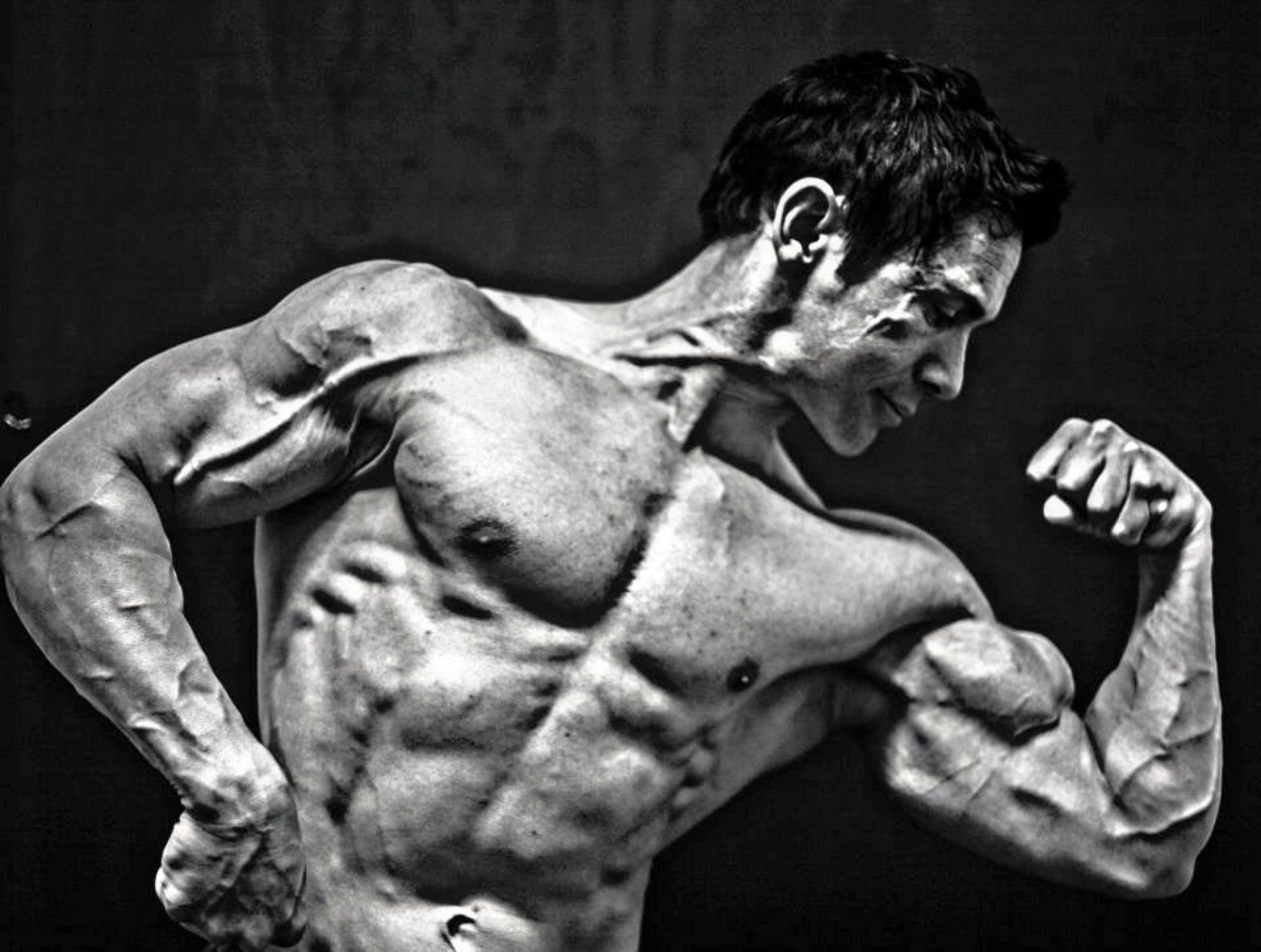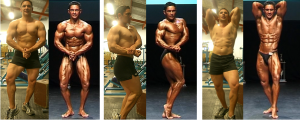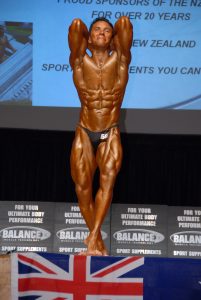One of the most important ways to improve gains in the gym, apart from diet, training and supplements is sleep!
The optimum amount of sleep is slightly different for each person but the consensus from most experts is that you need at least 7-9 hours a night to make sure you are able to recover and grow from your weight training sessions. I would personally go for a minimum of 8 hours of sleep per night.
If you find it hard to reach this each night a power nap would definitely help. Just consider, however that some research suggests that 20-30 minutes is all you should have during the day as this amount has positive results without impacting on your ability to perform everyday tasks. If you are unable to nap, catching up a few hours on another night will go a long way to correcting and reducing the negative effects that sleep deprivation can have on you.
Early warning signs of not getting enough sleep could be:
- Needing an alarm clock to wake up in the morning.
- Struggling to get out of bed first thing.
- Feeling tired or sleepy during the day.
- Needing a nap to get through the day.
- Feeling the need to sleep in on weekends.
- Weights are not going up in the gym.
- Little niggles like pulled muscles start to occur when you train.
Serious signs of not getting enough sleep are:
- A lack of motivation, focus and energy to do anything let alone train.
- Getting annoyed and grumpy easily.
- Struggling to handle physical and mental stress from work, the gym and life in general.
- More susceptible to colds, getting injured and being weaker in the gym.
- Increased cortisol release (a catabolic hormone) which often leads to increased fat storage and a range of health problems like digestive issues, diabetes and heart disease.
- Increased hunger and cravings for foods.
- A serious lack of sleep can even affect your ability to think, balance and react to the point where you are as clumsy and as slow as when you are drunk!
As you can see not getting enough shut eye can have a huge impact on your performance, recovery and gains from the gym. If you are still not convinced here are the benefits of getting the right amount of sleep.
- It optimises your hormonal out-put so you; recover faster; get bigger, stronger and leaner.
- You are more motivated, focussed and energetic when you train.
- You will have better judgement which means you will train smarter and avoid injury.
- Reduces any food cravings and speeds up your metabolism so there will have less fat around your hips, abs and thighs.
Also you will be a nicer person to get along with and be able to enjoy life a whole lot more! What other activity can offer you so much for no effort and no expense. Train hard, eat well, use supplements wisely and SLEEP your way to new muscle now!



